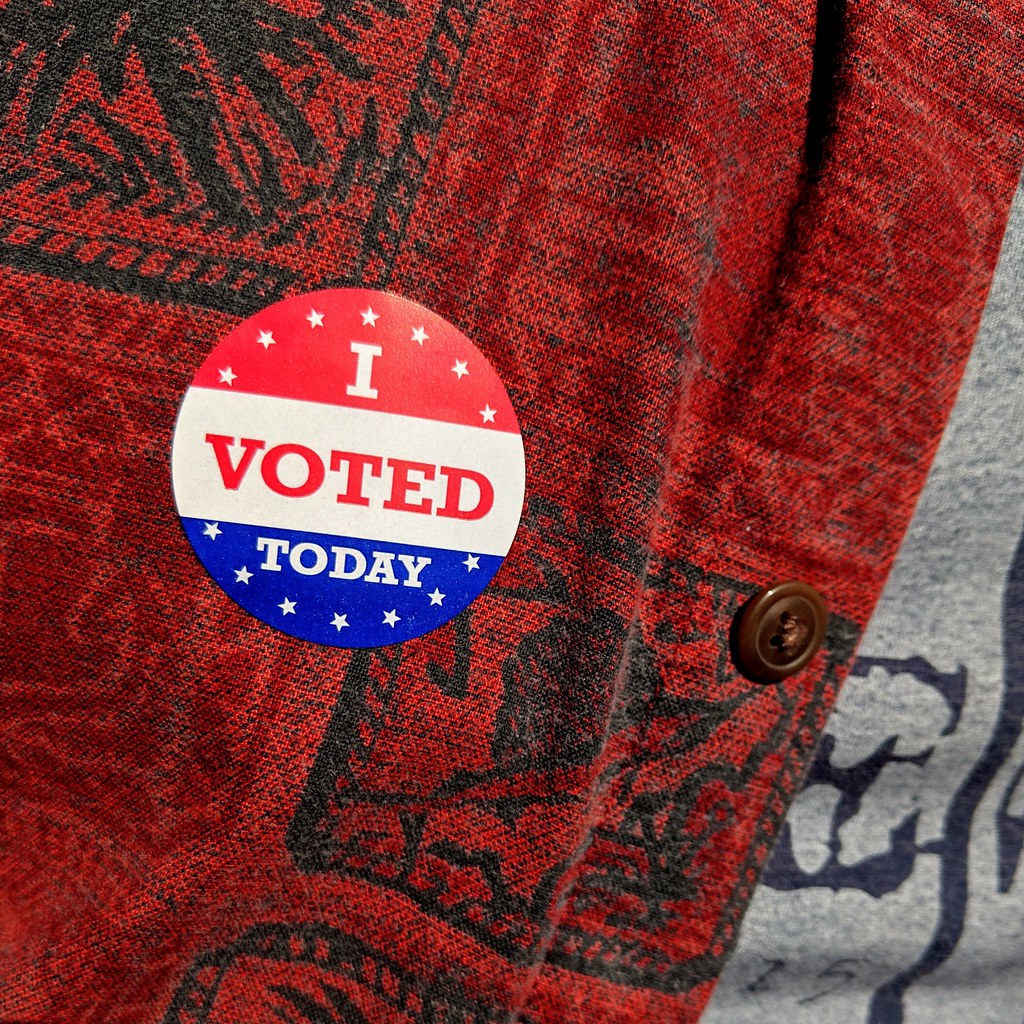
Voter Turnout
Voter registration and turnout have been historically prominent topics. The election of 1920, which gave Warren Harding his first (and only) term, was the first time that voter turnout was recorded dipping below 50%. Our recent presidential election had a voter turnout at of 55.7%. From the first election, including women's suffrage to the first billionaire president, we're going to break down voter turnout and see just why America isn't getting back up to that 70% voter mark, a significant number which is widely agreed to represent a good portion of the country.
The Election of 1920
The election of 1920 presented, for the first time, women with the right to vote. With the 19th amendment, which was ratified on August 18th, 1920, women finally were granted voting rights, changing the potential voter turnout on its head. The electorate instantly diversified and thanks to mistakes made by incumbent Woodrow Wilson (D), the Republican Party took the lead. The introduction of women to the electorate nearly doubled the voting age population (VAP), but it didn't increase voter turnout much. Small local polls in urban and suburban Chicago note that most women didn't vote due simply to ignorance or lack of interest in politics. Warren Harding's "Return to Normalcy" couldn't register with enough of the revised electorate, and the nation registered a record low voter turnout at 49.2%. This staggering 12.4% drop between 1916 and 1920 remains the largest drop in voter turnout between two presidential elections, and the third lowest voter turnout in Americ an history. For the first time, less than half of America was represented in the popular vote.
The Election of 1924
I promise we will not go through all the elections, but the election of 1924 presents an even more astonishing statistic - 48.9%. The lowest percentage of voter turnout in U.S. history. The reasons for lack of voter turnout are largely the same as the last election, but this time in greater effect. Parties, especially the Republican party, were breaking into factions, only making the election harder to follow. The diversifying views likely made people, especially women of the new electorate, feel more ignorant. This idea is especially important as America was now well into the Roaring Twenties, a time of economic expansion and cultural explosion. The clash of new ideas with more conservative ones split the nation in such a way, that for the last time, a president would win the election without taking any former confederate states.
The Election of 1972
In elections leading up to that of 1972, America saw a general rise in voter turnout. In 1972, however, incumbent Richard Nixon was running seemingly unopposed. Largely a favorite among Americans across the country, the democratic nominee, George McGovern, stood little chance of winning. So why the drop in voter turnout? The election of 1972 was the first where the voting age was lowered to 18. Just like in 1920, the expansion of the electorate did not translate to much of an increase in voter turnout. Many of these young adults, especially young males just coming back from Vietnam or still stuck in Vietnam, had an anti-government sentiment, and Nixon won the election with ease. From '72 to modern day, we haven't seen an election with a 60% voter turnout. In fact, for the next 4 elections, the voter turnout would stagnate and then even dip into the 40% range.
The Election of 1996
The final election we're covering is the election in 1996. This election is the last time America has hit the 40% range, voter turnout reaching 49.0%. The political toxicity of the time had reached Americans. Politics had become more about mud-slinging your opponent than telling the public what you offered. Incumbent Bill Clinton (D) ran against Bob Dole (R) in a tight race. Voters lost interest despite the best efforts of groups like Rock the Vote, a non-profit group whose mission is "to engage and build the political power of young people." While groups like this targeted the growing young generation, people of all ages had lost interest in voting for candidates who spent their billions on television ads rather than grassroots campaigning.
Voter turnout is still a problem today, especially among younger voters. While states are starting to mandate civics courses in classrooms, voter turnout isn't reaching 70% or higher anymore. For all our first time voters, and even our more experienced ones, we encourage you to vote this election season. While it is nearly impossible to find a candidate who meets all your expectations, by not voting for anyone, you might have given the advantage to a candidate you completely disagree with. Regardless of how insignificant a single vote may seem, everyone's votes count.
Now that we have gone over historic votes and the highs and lows of voter turnout, I think it’s important to acknowledge modern day voter suppression, and how we as a country can eliminate it.
The first step to helping fix this problem? Identify signs of the problem. Voter suppression is the legal, active pursuit of stopping groups of people from voting by creating laws applied to everyone, but that only affects stereotypes. Breakdown: The party in control at any given point does not want to give that control up. Because the two major parties in the U.S. are often voted by opposite stereotypes, the party in control tries to bar stereotypes that fit each group from attending the polling stations. These laws apply to everybody in the state, but only really affect one group of people.
“But that’s not fair! The majority can get blocked out by minority voices!” Absolutely. This is why we need to address voter suppression fast. Some present day examples of voter suppression include barriers in voter registration, early voting, and voter ID requirements. As noted by the ACLU, in many states, including Florida, early voting time was decreased, nearly cut in half. By eliminating early voting, groups of people who cannot leave their jobs to vote lose their voice. These voters tend to be minority races and groups.
Additionally, some states choose to pass laws relating to voter I.D., often mandating a government issued I.D. while 1/10 of all Americans do not have a government issued I.D., 1/4 of all African American voters have no government issued I.D. which effectively hurts the overall minority vote. 15% of minorities making less than $35,000/year do not have government issued I.D.s. For more information on minority statistics look here (ACLU website).
So what can we do about this? It seems like sometimes the system is overbearing. The system seems like it can stop you from voting.
- Get your friends and family to vote. Even of the available electorate, as I outlined, not everybody votes, so get everyone of the available electorate to vote.
- Double check to make sure you are registered to vote.
- Cover shifts for each other so you can vote.
- Petition to open more testing centers and extend early voting.
History has shown us how voters can become unconcerned with their political representatives. While the system is flawed, it’s the system we must abide by, and to throw away our voice would be nothing short of dishonoring our own values.




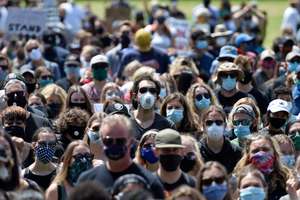
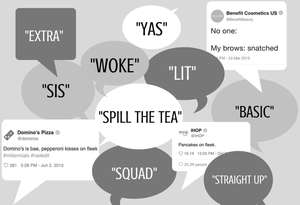
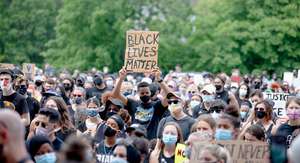

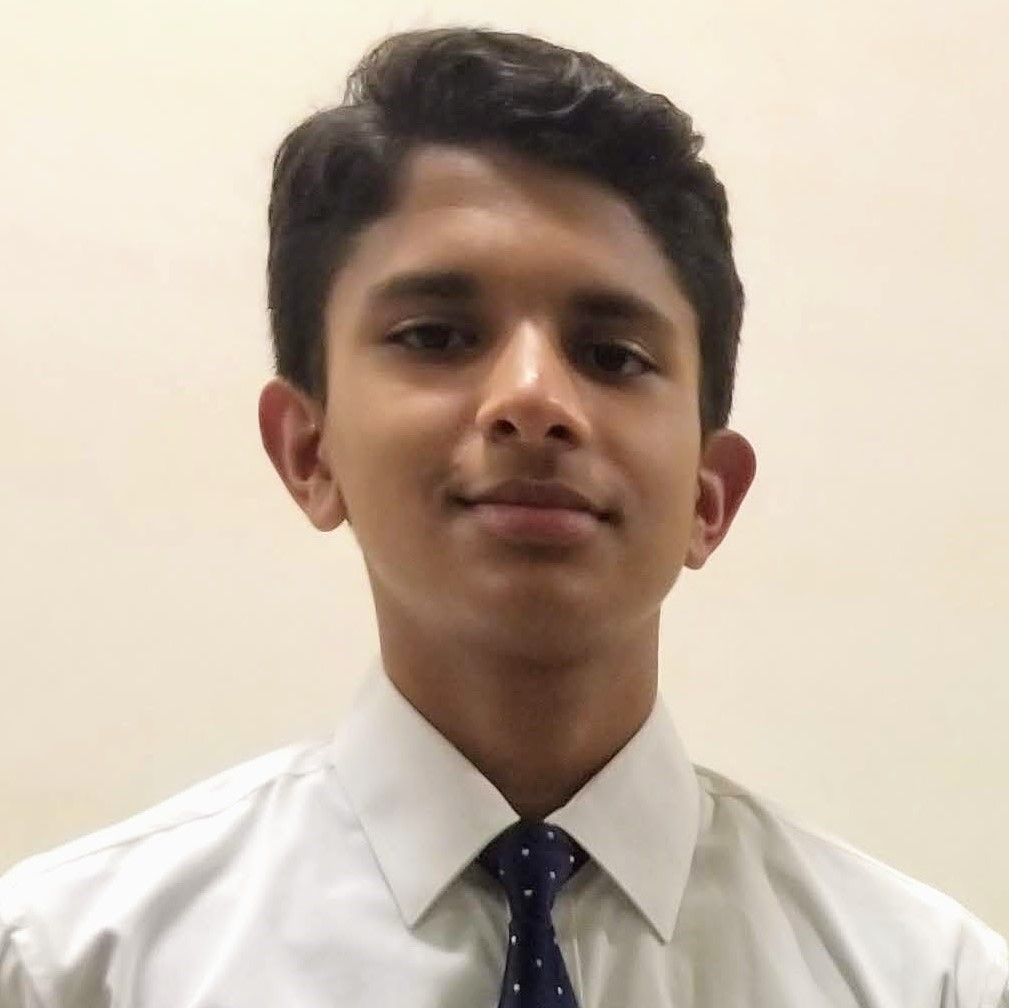

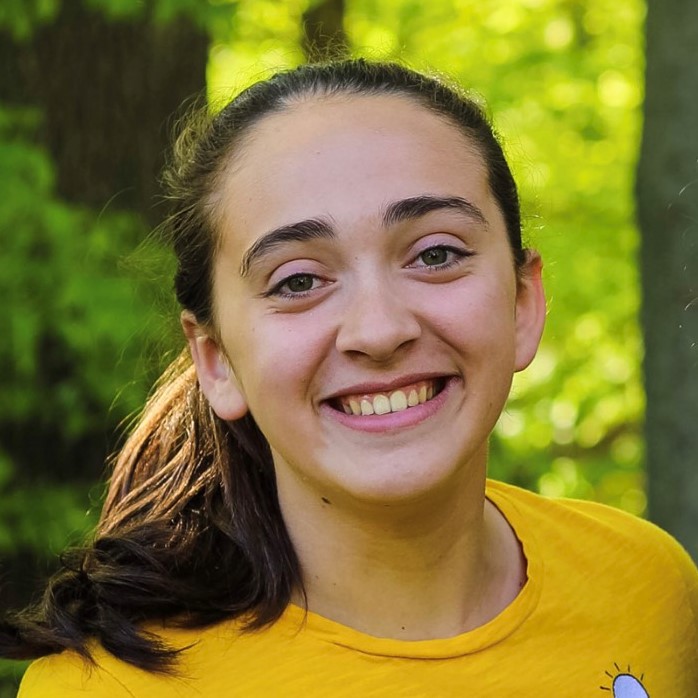










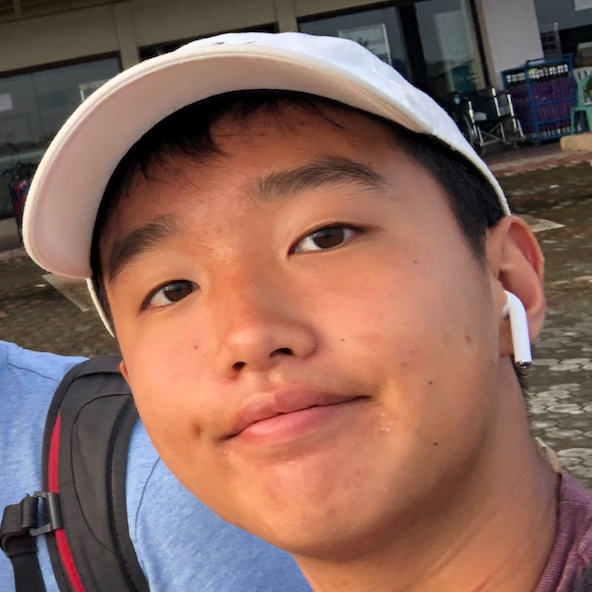
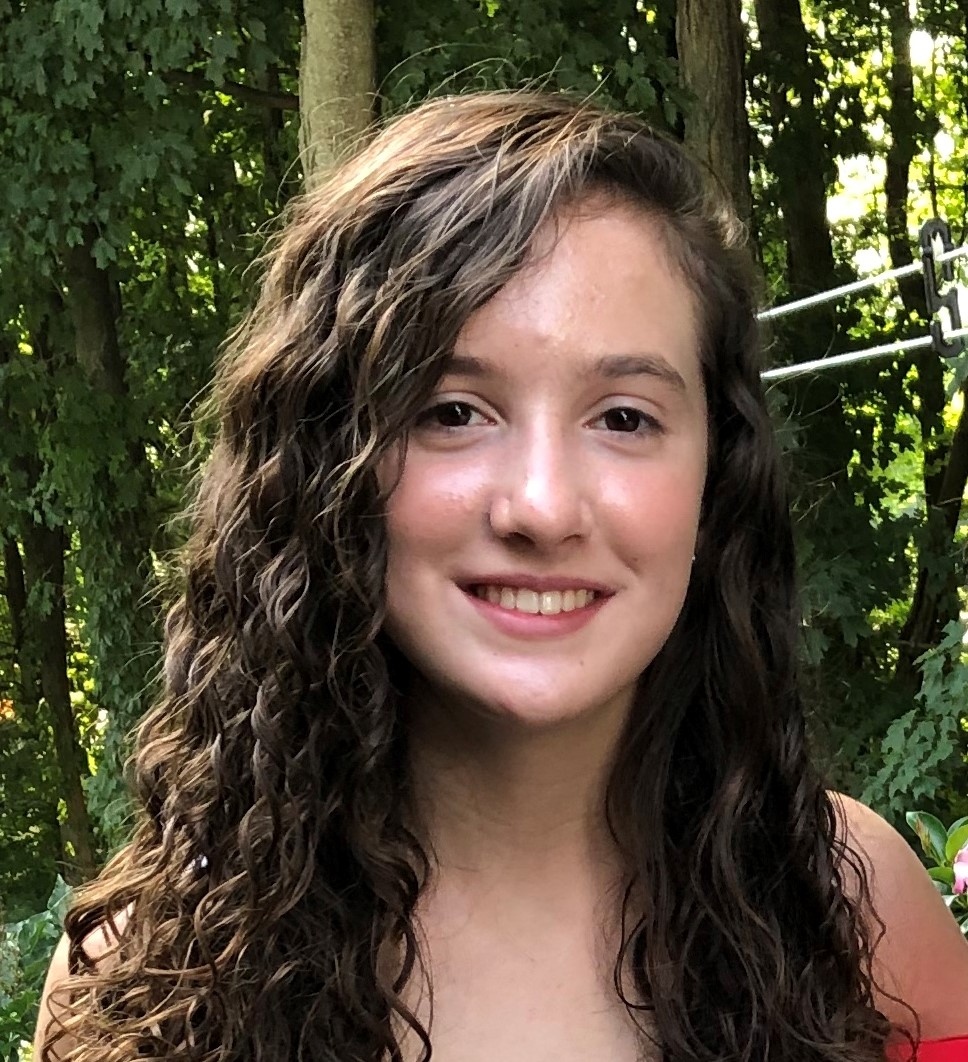
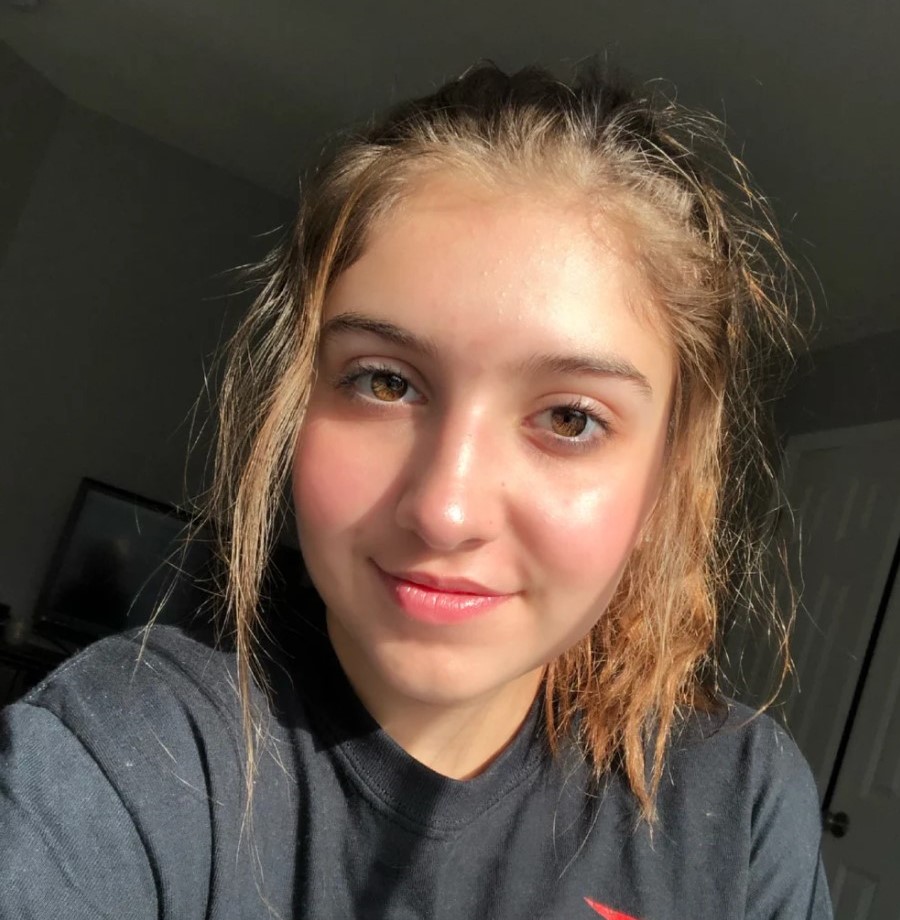



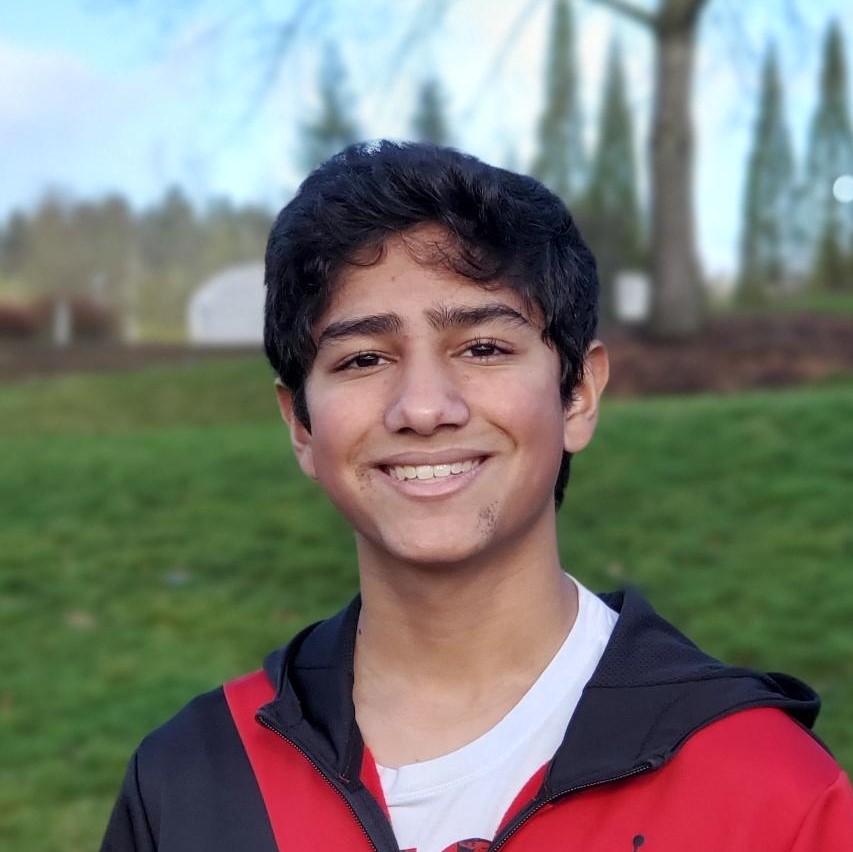

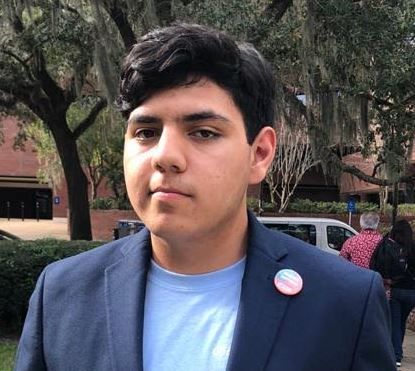
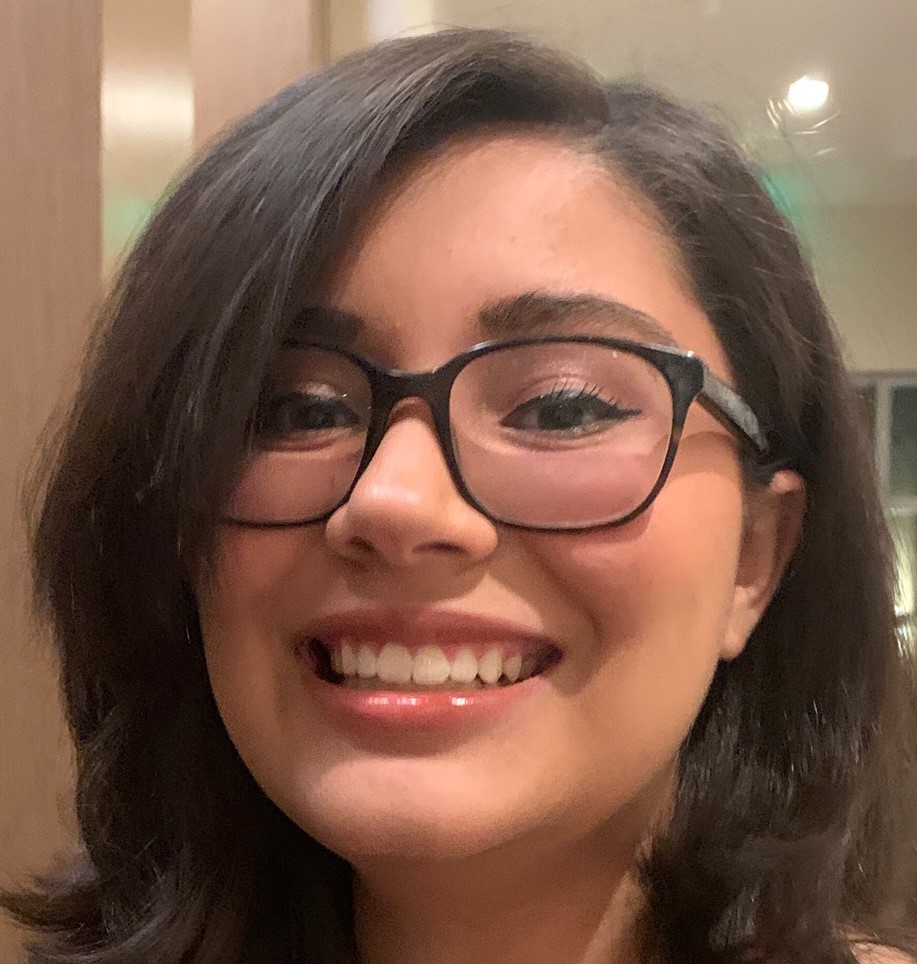
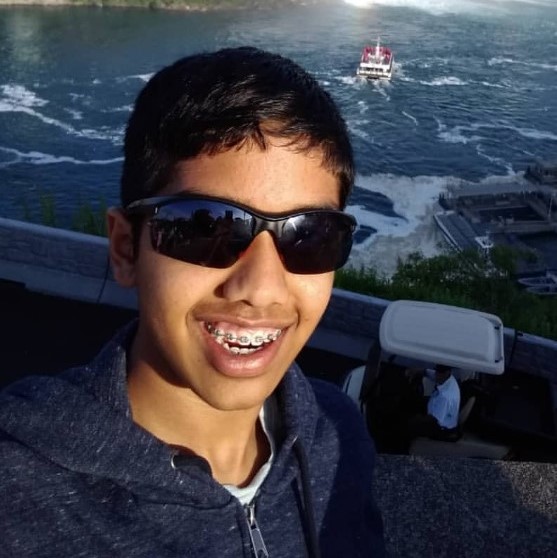

Comments